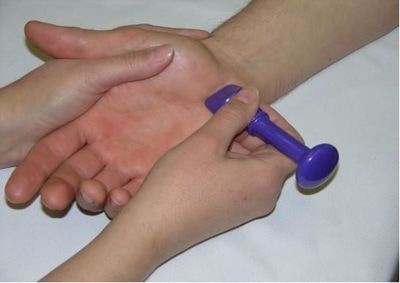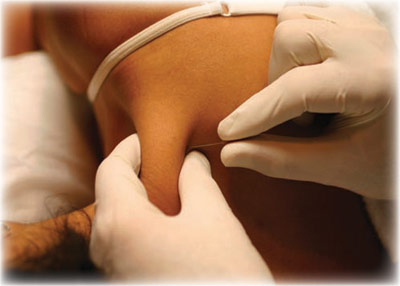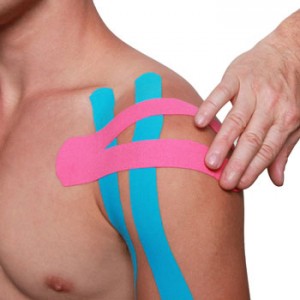|
“Physical therapy is a dynamic profession with an established theoretical and scientific base and widespread clinical applications in the restoration, maintenance, and promotion of optimal physical function.” --APTA (American Physical Therapy Association)
The above is the definition of our profession and encompasses all areas of physical therapy from neurological to orthopedic rehabilitation services. Looking at the outpatient orthopedic realm, you might find variations in the clinical setting as well as quality of care. This can lead to an inconsistent notion of what physical therapy is and what to expect out of your visit. Let’s break this down a bit and look at what you should expect from an outpatient orthopedic visit with your therapist:
Full Evaluation: Should include a thorough patient history of not only the condition you are being seen for, but other medical history and events. I like to say that everyone is a snowflake with different genetics, physical fitness history, occupational history, etc. Putting all this information together makes for a more complete picture of you as an individual, what you have experienced, and why your symptoms present the way they do.
Tissue Specific/Movement Diagnosis: It is our job as PT’s to make the tissue specific diagnosis and then, more importantly, to identify the cause of that problem. If you don’t know the cause of the problem, how will you prevent it from coming back? Long-term pain relief will only come after a whole-body, movement and biomechanical dysfunction have been identified and cleared. This is not the physician’s job; it is ours! Evidence-Based Practice: Physical therapy methods for evaluation and interventions are constantly being updated through multi-level research. As medical professionals, it is our duty to stay updated on the evidence and make sure what we are following is not just good evidence, but excellent evidence--large, double-blind, randomized control trials or a systematic review of research for example. That being said, there is room for other methods of intervention that are not as well researched, but are still very useful, such as cupping, for example. But overall, the majority of treatment you receive should be evidence-based. Reassessment: Your PT should reassess, period! Personally, I like to do this several times during the treatment to make sure what I have done has actually produced a change! Also, voice your concern to your PT if you do not notice a change or have to keep coming back for the same treatment. Make them explain whether it will be a fixable problem, or if it has turned into a maintenance problem, and why. Then, ask your PT what you can do at home to help yourself! Preventative Treatment: You should be given a home exercise program and tools or literature to help you understand everything you need to know about what’s going on and how you can help yourself. At Innovative Therapy & Wellness, we are proud to offer one-on-one, hour long visits which are designed to ensure all of the above criteria are not just met, but met with excellence. Call (757) 486-8663 today for a consult to see if you could benefit from more individualized care!
0 Comments
Your comment will be posted after it is approved.
Leave a Reply. |
AuthorsA collaborative effort from the experienced staff at IT&W Archives
May 2023
Categories |
Blog updates |
|
2224 Virginia Beach Blvd Suite 106, Virginia Beach, VA 23454




 RSS Feed
RSS Feed

